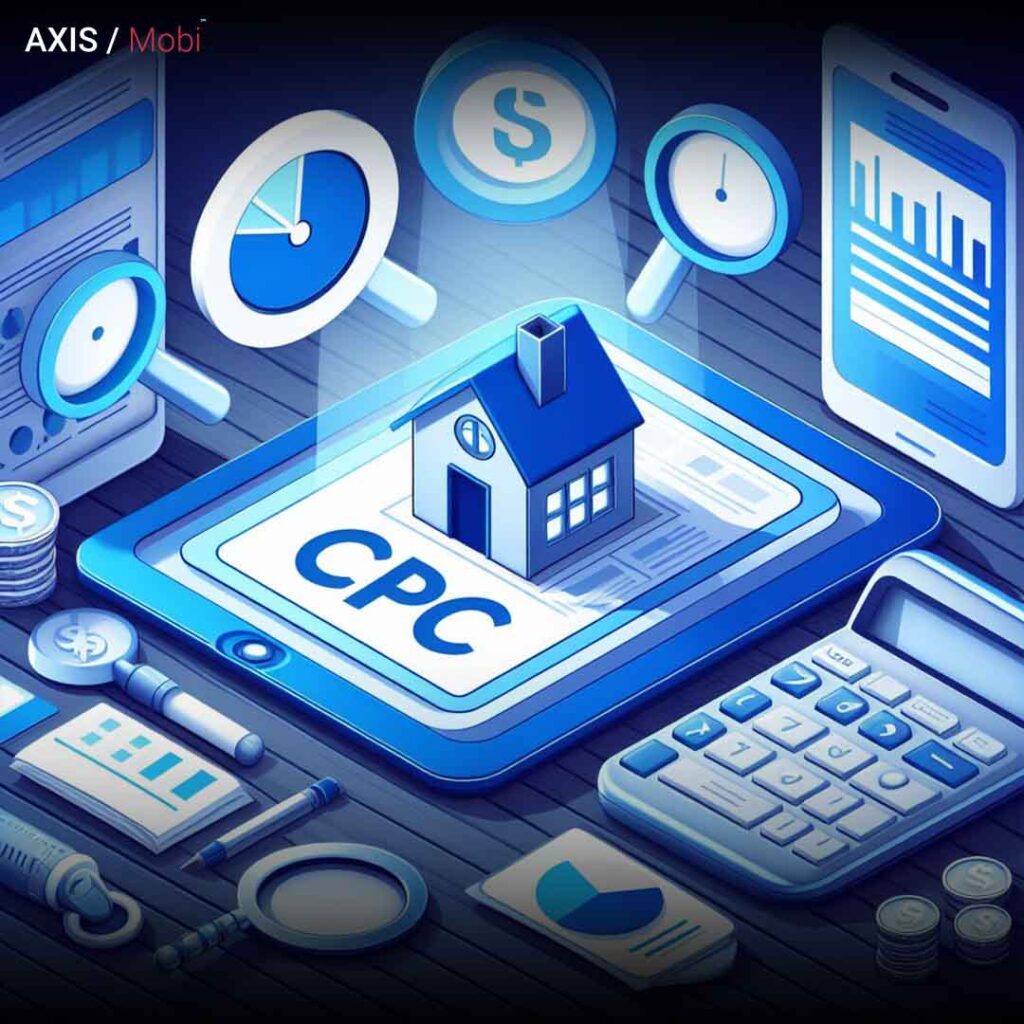To gauge the success of DSP advertising campaigns, focus on key metrics like Click-Through Rate (CTR), Conversion Rate, and Return on Ad Spend (ROAS). Ensure audience relevance through segmentation, dynamic creative optimization, and leveraging first-party data. Ad viewability is crucial; understand its definition, impact on engagement, and use reliable measurement tools. Optimize budget allocation through performance analysis, A/B testing, and real-time adjustments. Measure the effectiveness of cross-device targeting with attribution models, consistent messaging, and device-specific metrics for a comprehensive evaluation.
In the fast-paced world of digital advertising, success depends on data-driven decisions and the ability to optimize campaigns for maximum impact. Demand Side Platforms (DSPs) have revolutionized digital advertising by providing advertisers with advanced tools for targeting, bidding, and optimization. To measure the effectiveness of DSP advertising campaigns, it’s crucial to establish success metrics that align with your goals. In this comprehensive guide, we’ll explore the key success metrics for DSP advertising campaigns and how they can help you achieve outstanding results.
Understanding DSP Advertising

Before diving into success metrics, let’s revisit the fundamentals of DSP advertising.
What is DSP Advertising?
DSP advertising, powered by Demand Side Platforms, is a programmatic advertising approach that enables advertisers to purchase digital ad inventory across various platforms and publishers through real-time bidding (RTB) auctions. DSPs provide a centralized platform for planning, executing, and optimizing digital advertising campaigns.
Core Functions of DSP Advertising:
- Audience Targeting: DSPs allow advertisers to define and target specific audience segments based on various criteria, including demographics, interests, behavior, and location.
- Real-Time Bidding (RTB): DSPs participate in RTB auctions, bidding on ad impressions in real-time based on the advertiser’s targeting criteria.
- Campaign Optimization: Using algorithms and data analysis, DSPs optimize bidding strategies, ad placements, and budget allocation to achieve the best possible ROI.
- Ad Creative Management: DSPs assist in managing and delivering ad creatives to the right audience segments.
- Reporting and Analytics: DSPs provide real-time data and insights into campaign performance, enabling advertisers to make data-driven decisions.
Now, let’s explore the success metrics that will help you assess and enhance the performance of your DSP advertising campaigns.
Key Success Metrics for DSP Advertising Campaigns
1. Click-Through Rate (CTR)

CTR measures the percentage of users who clicked on your ad after seeing it. A high CTR indicates that your ad is engaging and resonates with your target audience. To calculate CTR, use this formula:
CTR=(Number of Clicks / Number of Impressions)×100
2. Conversion Rate

Conversion rate measures the percentage of users who completed a desired action, such as making a purchase, signing up, or downloading a resource, after clicking on your ad. It reflects the effectiveness of your ad in driving user actions. To calculate conversion rate, use this formula:
Conversion Rate=(Number of Conversions / Number of Clicks)×100
3. Return on Investment (ROI)

ROI quantifies the profitability of your DSP advertising campaigns. It compares the revenue generated from your campaigns to the cost of running them. A positive ROI indicates a profitable campaign. The formula for ROI is:
ROI=((Revenue−Cost)/Cost)×100
4. Cost Per Click (CPC)

CPC represents the cost you pay for each click on your ad. Monitoring CPC helps manage your advertising budget effectively. To calculate CPC, use this formula:
CPC=Total Cost / Number of Clicks
5. Cost Per Conversion (CPC)

CPC measures the cost associated with each conversion. It provides insights into the efficiency of your advertising spend in generating desired actions. The formula for CPC is:
CPC=Total Cost / Number of Conversions
6. Ad Viewability
Ad viewability measures the percentage of ad impressions that meet industry standards for viewability. It ensures that your ads have the opportunity to be seen by users. Typically, an ad is considered viewable if at least 50% of its pixels are in the visible area of the browser window for at least one second.
7. Ad Engagement
Ad engagement KPIs include metrics such as the average time spent on an ad, the number of interactions (e.g., video plays, clicks on interactive elements), and the bounce rate (the percentage of users who navigate away from the ad without interacting with it). These metrics help evaluate how users interact with your ad creative.
8. Frequency
Frequency measures how often a user sees your ad within a specified time frame. It’s essential to strike a balance between frequency and annoyance. High frequency can lead to ad fatigue and lower engagement.
9. Ad Placement and Position
Track where your ads are placed and their position on websites and digital platforms. Understanding which placements and positions drive the best results can inform your bidding and targeting strategies.
10. Click Fraud Rate
Click fraud occurs when illegitimate clicks are generated with the intent to drain an advertiser’s budget. Monitoring the click fraud rate is crucial to ensure your budget is not wasted on fraudulent clicks.
11. View-Through Conversions
View-through conversions measure the number of conversions that occurred after a user saw your ad but did not click on it. It provides insights into the influence of your display advertising on user behavior.
12. Ad Creative Performance
Analyze the performance of different ad creatives, including images, copy, and formats. Identify which creative elements resonate best with your audience and use them to optimize future campaigns.
Case Study: Maximizing ROI with Success Metrics in DSP Advertising
To illustrate how success metrics can be used to maximize ROI in DSP advertising, let’s consider a real-life case study:
FashionBoutique, a prominent online fashion retailer, launched a DSP advertising campaign to promote its new line of fashion accessories. Their primary goals were to increase online sales and brand awareness.
Here’s how they leveraged success metrics:
- CTR Optimization: FashionBoutique constantly monitored click-through rate (CTR) data and identified that ad creatives featuring user-generated content (UGC) had significantly higher CTR. They increased the rotation of UGC-based creatives, resulting in a 20% boost in CTR.
- Conversion Rate Analysis: By analyzing conversion rate data, they discovered that their mobile landing pages had a lower conversion rate compared to desktop. They optimized the mobile experience, resulting in a 10% increase in mobile conversions.
- ROI Tracking: FashionBoutique continuously tracked ROI and found that their display campaigns were underperforming compared to video campaigns. They reallocated budget to video campaigns, leading to a 25% increase in overall ROI.
- Ad Creative Testing: Through A/B testing of ad creatives, they found that video ads with product demonstrations performed exceptionally well. They scaled up these video ads, resulting in a 30% increase in sales.
In this case, FashionBoutique utilized success metrics to maximize their ROI, achieve their objectives, and make data-driven decisions in their DSP advertising campaign.
Conclusion
DSP advertising offers advertisers powerful tools to reach their target audiences effectively. To measure the success of your DSP advertising campaigns and optimize them for the best results, it’s crucial to define and track key success metrics. Whether you’re focused on CTR, conversion rate, ROI, or ad engagement, these metrics provide valuable insights that inform your advertising strategy. By continually analyzing and optimizing your campaigns based on success metric data, you can drive better results, make data-driven decisions, and stay ahead in the competitive world of digital advertising. Embrace the power of success metrics in DSP advertising, and watch your campaigns thrive.
Frequently Asked Questions about Success Metrics for DSP Advertising Campaigns
-
What are the Key Performance Indicators (KPIs) for Evaluating the Success of a DSP Advertising Campaign?
To assess the success of a DSP advertising campaign, it’s crucial to focus on specific Key Performance Indicators (KPIs). The three most important metrics to consider are:
1. Click-Through Rate (CTR): CTR measures the percentage of users who clicked on the ad after seeing it. A higher CTR indicates that the ad is resonating with the audience, leading to increased engagement.
2. Conversion Rate: The conversion rate tracks the percentage of users who not only clicked on the ad but also took a desired action, such as making a purchase or filling out a form. A higher conversion rate signifies that the campaign is effectively driving meaningful actions.
3. Return on Ad Spend (ROAS): ROAS quantifies the revenue generated for every dollar spent on advertising. It helps advertisers understand the profitability of their campaigns. A higher ROAS indicates a more efficient and successful advertising strategy. -
How Can Advertisers Ensure Target Audience Relevance in DSP Advertising Campaigns?
Ensuring target audience relevance is pivotal for the success of DSP advertising campaigns. Here are three essential strategies:
1. Utilize Audience Segmentation: Divide your audience into specific segments based on demographics, interests, or behavior. This allows you to tailor your ad content to resonate with different groups, increasing the likelihood of engagement.
2. Dynamic Creative Optimization (DCO): Implement DCO to customize ad creatives dynamically based on user behavior and preferences. This ensures that your ads remain relevant and compelling, adapting to the changing needs and interests of your audience.
3. Leverage First-Party Data: Harness the power of first-party data to understand your existing customers better. By incorporating this data into your targeting strategy, you can create highly relevant ads that resonate with your audience’s preferences and behaviors. -
What Role Does Ad Viewability Play in the Success of DSP Advertising Campaigns?
Ad viewability is a critical factor influencing the effectiveness of DSP advertising campaigns. The top three considerations regarding ad viewability are:
1. Definition of Viewability: Understand what constitutes a viewable ad impression. Typically, an ad is considered viewable if at least 50% of its pixels are in the viewable space for at least one second. Advertisers should ensure that their DSP platform adheres to industry-standard viewability guidelines.
2. Impact on Engagement: Viewable ads are more likely to capture the audience’s attention and drive engagement. Advertisers should prioritize placements and formats that maximize viewability to enhance the campaign’s overall effectiveness.
3. Viewability Measurement Tools: Employ reliable viewability measurement tools to track and analyze the viewability of your ads. This data helps optimize campaigns by identifying underperforming placements and making data-driven adjustments for improved visibility. -
How Can Advertisers Optimize Budget Allocation for DSP Advertising Campaigns?
Optimizing budget allocation is essential for maximizing the impact of DSP advertising campaigns. The three key considerations for effective budget management are:
1. Performance Analysis: Regularly analyze the performance of different ad placements, creatives, and audience segments. Allocate more budget to high-performing elements to maximize the campaign’s overall success.
2. A/B Testing: Conduct A/B tests to compare the performance of different variations of ads. This helps identify the most effective strategies and ensures that budget is allocated to the elements that resonate best with the target audience.
3. Real-Time Adjustments: Leverage the flexibility of DSP platforms to make real-time adjustments to budget allocation. Monitor campaign performance closely and shift budget towards channels or strategies that demonstrate better results. -
How Can Advertisers Measure the Effectiveness of Cross-Device Targeting in DSP Advertising Campaigns?
Cross-device targeting is increasingly important in the era of multi-device user behavior. Here are three critical aspects to consider when measuring the effectiveness of cross-device targeting:
1. Cross-Device Attribution: Implement cross-device attribution models to track the customer journey across various devices accurately. This allows advertisers to understand the role each device plays in the conversion process and optimize targeting accordingly.
2. Consistent Messaging: Ensure that your ad messaging remains consistent across different devices to provide a seamless and cohesive user experience. Consistency in messaging enhances brand recognition and trust among users interacting with the campaign on multiple devices.
3. Device-Specific Performance Metrics: Analyze performance metrics specific to each device category, such as mobile, desktop, and tablet. By understanding how the campaign performs on different devices, advertisers can fine-tune their targeting strategies to optimize results across the entire spectrum.





Pingback: DSP Advertising Best Practices: High Performing DSP Campaign
Pingback: DSP Platforms Benefits: Optimizing Ad Campaigns for Success
Pingback: DSP Advertising Data Protection and Privacy Concern Solution